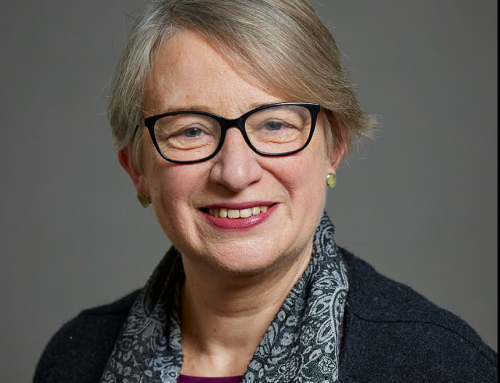A new report from the Education Policy Institute (EPI) highlights stark inequalities in access to qualified and experienced teachers, with disparities that disproportionately affect disadvantaged schools. These inequalities appear in several forms, including differences in teacher experience, subject expertise, and staff turnover.
The study compares teaching workforces at schools with the most and least disadvantaged pupils and finds:
-
Less experienced teachers: Teachers in disadvantaged secondary schools have, on average, three years less experience than those in more affluent schools.
-
Leadership gaps widening: In 2010, there was no difference in headteacher experience between affluent and disadvantaged secondary schools. By 2023/24, headteachers in the most disadvantaged schools had three years less experience on average.
-
Fewer subject specialists: Teachers in disadvantaged schools are increasingly less likely to hold a relevant degree—particularly in STEM subjects. Since 2016/17, the share of lessons taught by subject-qualified teachers in these schools has fallen by 11 percentage points, and the gap with affluent schools has grown by more than two-thirds.
-
Higher teacher turnover: Disadvantaged secondary schools see significantly more staff turnover—5 to 8 percentage points higher annually than in affluent schools.
-
More teacher absence: Teachers in disadvantaged schools miss 1.5 to 2 more working days per year than their peers in affluent schools, equating to around 1% of lost instructional time for pupils who are already at a disadvantage.
These findings are highly relevant to the debate about academic selection. Only around 5% of grammar school pupils are eligible for free school meals, compared to 23% in surrounding non-selective schools. It’s likely that affluent grammar schools benefit from a more stable and better-qualified workforce, while nearby non-selective schools face serious staffing challenges.
Similar research from Education Datalab also showed that grammar schools tend to have more experienced and better-qualified teachers and significantly lower staff turnover than non-selective schools in the same areas.
There may be several reasons for this imbalance. In selective areas, highly qualified teachers may be more attracted to grammar schools, where they are more likely to teach A-level courses. Additionally, schools with fewer disadvantaged pupils may be perceived as ‘less challenging’ teaching environments, with fewer issues around behaviour or attendance.
Of course, many excellent and committed teachers choose to work in non-selective schools in selective areas. But the structural inequalities created by these staffing differences remain important to acknowledge.
It’s disappointing that the EPI did not recommend addressing this ‘workforce quality gap’ by tackling one root cause: the social segregation created by academic selection. Phasing out grammar school entrance tests could be a step toward fairer distribution of teaching talent.
Read the full report: Closing the Workforce Quality Gap HERE.






